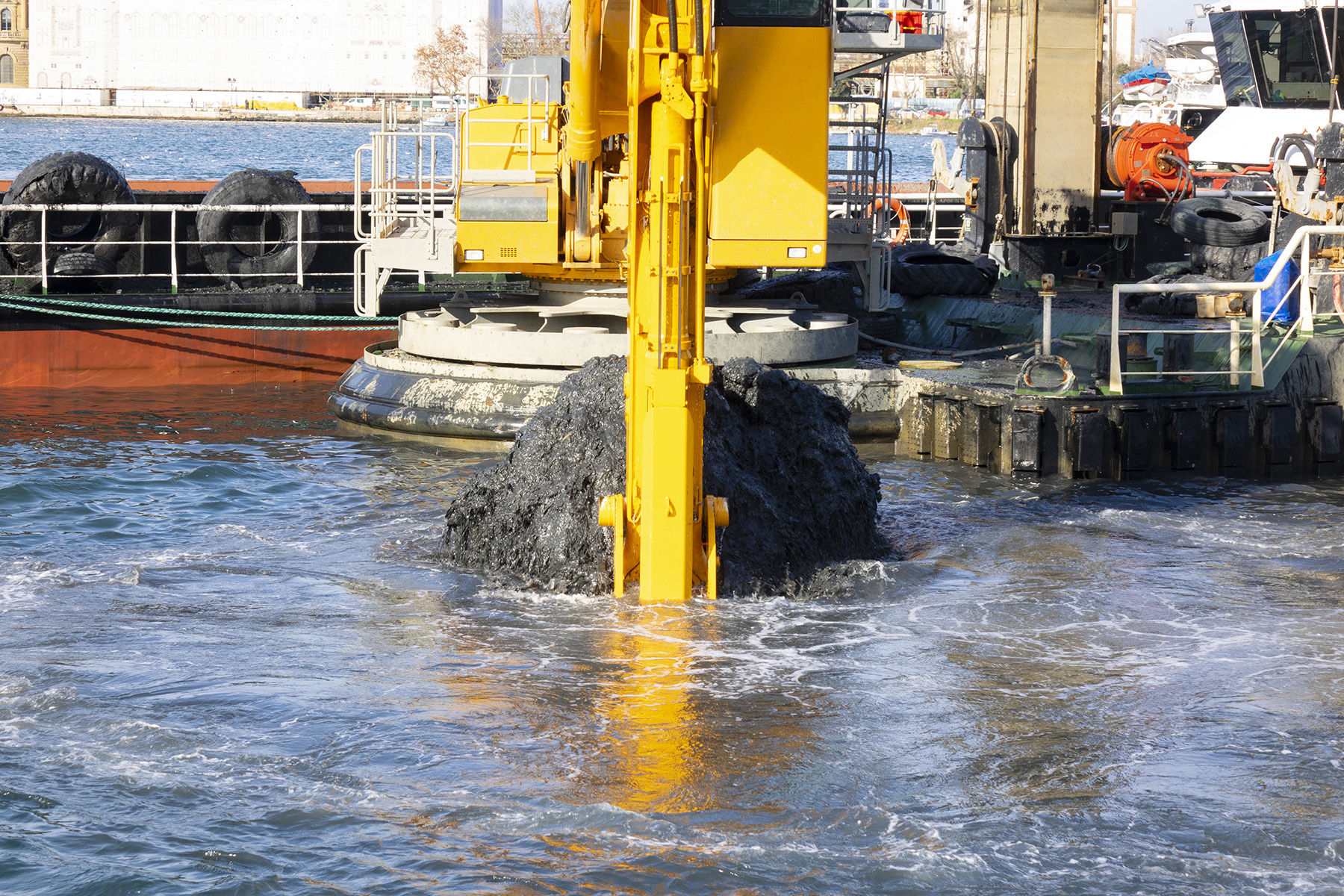Introduction to Soil Mechanics
Soil mechanics, sediment properties, and sub-surface conditions are fundamental aspects of geotechnical engineering. These concepts are essential for various applications, including construction, dredging, and environmental remediation. This article delves into the basics of these subjects, providing an educational overview to enhance understanding and application in real-world scenarios.
Soil mechanics is a branch of engineering that studies the behavior of soil under various conditions. It involves understanding the physical properties of soil and how it interacts with water, structures, and environmental forces. Key aspects of soil mechanics include:
- Soil Composition: Soils are composed of mineral particles, organic matter, water, and air. The proportions and types of these components influence soil behavior.
- Soil Classification: Soils are classified based on their grain size, texture, and consistency. Common classifications include sand, silt, clay, and gravel. Each type exhibits different properties and behaviors.
- Soil Properties: Important soil properties include density, porosity, permeability, compressibility, and shear strength. These properties determine how soil responds to stress, load, and environmental changes.
- Soil Behavior: Understanding how soil behaves under different conditions is crucial for designing foundations, retaining structures, and earthworks. This includes studying soil deformation, consolidation, and failure mechanisms.
Sediment Properties
Sediments are particulate materials transported and deposited by water, wind, or ice. Their properties are influenced by the source material, transportation process, and depositional environment. Key properties of sediments include:
- Grain Size Distribution: The size of sediment particles ranges from clay (less than 0.002 mm) to boulders (greater than 256 mm). Grain size distribution affects sediment behavior, permeability, and stability.
- Shape and Roundness: The shape and roundness of sediment particles influence packing density and permeability. Rounded particles tend to have higher permeability compared to angular particles.
- Mineral Composition: The mineralogical composition of sediments affects their chemical stability and reactivity. Common minerals include quartz, feldspar, and clay minerals.
- Density and Porosity: Sediment density and porosity are critical for understanding fluid flow and contaminant transport. High-porosity sediments can store more water and allow for greater fluid movement.
- Organic Content: Organic matter in sediments can impact their chemical and physical properties. High organic content can reduce shear strength and increase compressibility.
Sub-Surface Conditions
Sub-surface conditions refer to the geological and hydrogeological characteristics below the ground surface. These conditions are crucial for various engineering projects, including foundation design, tunneling, and groundwater management. Key factors influencing sub-surface conditions include:
- Stratigraphy: The arrangement and succession of soil and rock layers (strata) determine the sub-surface conditions. Stratigraphy provides insights into the historical geological processes and the type of materials present.
- Groundwater Conditions: The presence and movement of groundwater significantly affect sub-surface conditions. Groundwater can alter soil properties, cause erosion, and impact the stability of structures.
- Soil and Rock Types: Different soil and rock types exhibit varying engineering properties. For instance, clayey soils are prone to swelling and shrinkage, while sandy soils have higher permeability.
- Geotechnical Hazards: Understanding potential hazards such as landslides, liquefaction, and sinkholes is crucial for assessing sub-surface conditions. These hazards can pose significant risks to infrastructure and human safety.
- Load-Bearing Capacity: The ability of sub-surface materials to support loads is critical for foundation design. This involves assessing soil strength, compressibility, and potential settlement.
Applications of Soil Mechanics, Sediment Properties, and Sub-Surface Conditions
- Construction: Knowledge of soil mechanics and sub-surface conditions is vital for designing safe and stable foundations for buildings, bridges, and other structures. It helps in selecting appropriate construction methods and materials.
- Dredging: Understanding sediment properties is essential for dredging operations, which involve removing sediments from water bodies. This knowledge ensures efficient and environmentally responsible dredging practices.
- Environmental Remediation: Soil and sediment properties play a crucial role in environmental remediation projects. This includes assessing contamination levels, designing treatment methods, and monitoring remediation progress.
- Water Management: Managing groundwater and surface water requires a thorough understanding of sub-surface conditions. This includes designing wells, drainage systems, and flood control measures.
Conclusion
Understanding soil mechanics, sediment properties, and sub-surface conditions is essential for various engineering and environmental applications. By comprehensively studying these aspects, engineers and scientists can design safer structures, conduct effective environmental remediation, and manage natural resources more efficiently. Continuous research and advancements in these fields will further enhance our ability to address complex geotechnical challenges and contribute to sustainable development.
